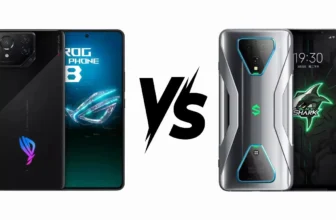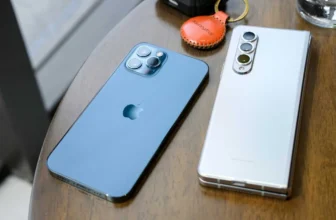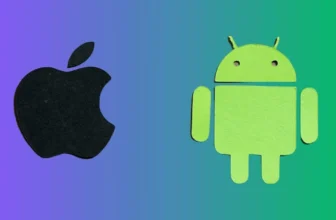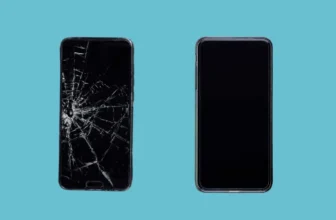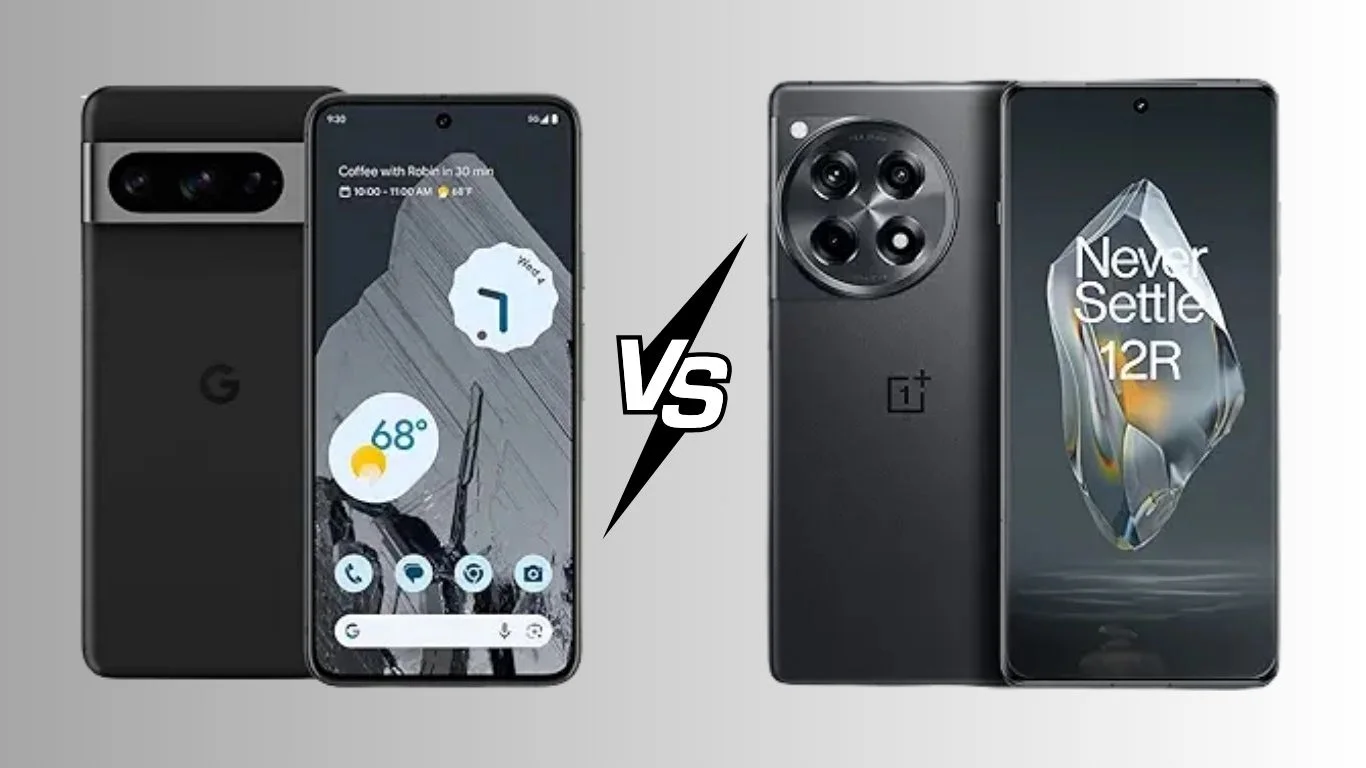
When it comes to buying a new smartphone, consumers are often presented with numerous choices, each offering its own set of features, performance, and pricing. Two brands that have consistently caught the attention of tech enthusiasts are Google Pixel and OnePlus. Both of these manufacturers have carved out a reputation for delivering high-quality smartphones with unique features, but the question remains: which offers better value?
In this article, we’ll compare Pixel vs OnePlus across several key categories, including design, performance, camera quality, software, and overall value for money to help you decide which smartphone might be the better fit for you.
Pixel vs OnePlus: A Detailed Comparison
1. Design and Build Quality
The design of a smartphone often plays a significant role in the overall user experience. Both Pixel and OnePlus have developed sleek, modern designs that cater to users who appreciate aesthetics and durability.
- Pixel Phones: Google’s Pixel devices, such as the Pixel 7 and Pixel 7 Pro, have a minimalist design with a glass back and metal frame. They offer a premium feel but generally tend to focus on functionality over flair. The camera bar at the back has become a signature design element of Pixel phones.
- OnePlus Phones: OnePlus has increasingly embraced premium designs with glass backs and metal frames. Devices like the OnePlus 11 and OnePlus 10 Pro feature edge-to-edge AMOLED displays and larger, more striking camera modules. OnePlus tends to experiment more with bold designs and color options compared to Google’s more subdued approach.
In terms of build quality, both brands offer IP68 water and dust resistance on their high-end models, ensuring durability. OnePlus generally edges out Google in terms of flashy, eye-catching design elements, while Pixel phones focus on simplicity and functionality.
2. Display Quality
The display is one of the most critical aspects of any modern smartphone, especially for users who enjoy watching videos, gaming, or browsing the web.
- Pixel Displays: The Pixel 7 and Pixel 7 Pro come equipped with OLED displays that offer deep blacks, accurate colors, and crisp resolution. The Pixel 7 Pro offers a smooth 120Hz refresh rate for a buttery-smooth experience, but the Pixel 7 sticks to a 90Hz refresh rate, which is still fluid for most users.
- OnePlus Displays: OnePlus has always been known for its vibrant and high-quality displays. The OnePlus 11 offers a 6.7-inch AMOLED display with a 120Hz refresh rate, making it perfect for media consumption and gaming. OnePlus displays tend to have high brightness levels, vibrant colors, and solid contrast ratios, often with a more immersive feel compared to the Pixel lineup.
Both brands offer excellent displays, but OnePlus tends to provide slightly better color vibrancy and a more immersive experience, especially for users who prioritize multimedia content.
3. Performance and Power
Performance is often the deciding factor for many users when choosing a smartphone. Both Pixel and OnePlus pack in powerful hardware, but there are some differences in how each brand optimizes their performance.
- Pixel Performance: The Pixel 7 series is powered by Google’s own Tensor G2 chip, designed specifically for the Pixel lineup. The Tensor G2 chip emphasizes AI and machine learning tasks, allowing for enhanced photography, voice recognition, and overall efficiency. While it’s not the most powerful chip on the market compared to Qualcomm’s Snapdragon chips, it offers unique optimizations for Google’s software and services.
- OnePlus Performance: OnePlus devices are generally equipped with the latest Qualcomm Snapdragon processors. The OnePlus 11 features the Snapdragon 8 Gen 2 chipset, offering raw processing power that competes with the best in the business. With this processor, OnePlus tends to outperform Pixel devices in terms of raw power, especially for tasks like gaming, multitasking, and app performance.
In terms of benchmark scores and raw power, OnePlus devices tend to have the upper hand, but for users who value AI-driven tasks and integrations with Google’s ecosystem, Pixel might be a more appealing choice.
4. Camera Performance
For many users, camera quality is one of the most important factors when choosing a smartphone. Both brands have worked hard to improve their camera systems over the years.
- Pixel Cameras: Google Pixel phones have a long-standing reputation for offering excellent photography experiences, particularly with their AI-driven software. The Pixel 7 and Pixel 7 Pro have fantastic cameras with an emphasis on color accuracy, low-light performance, and dynamic range. Google’s software enhances its image processing capabilities, making the Pixel a go-to phone for still photography and video quality.
- OnePlus Cameras: OnePlus has made significant strides in camera quality over the years, with the OnePlus 11 offering impressive features like a 50MP main sensor, 16MP ultra-wide lens, and 2X telephoto zoom. OnePlus also collaborates with Hasselblad to improve color accuracy and processing. However, OnePlus cameras are generally more hit or miss, offering solid performance, but not always matching the consistency of Google Pixel cameras, especially in tricky lighting conditions.
When it comes to pure photographic quality, Google Pixel edges out OnePlus with its superior AI-driven processing and reliable image quality in a wide range of lighting conditions.
5. Software and Ecosystem
The software experience can make or break a smartphone. Both Pixel and OnePlus offer Android-based systems, but the implementation differs.
- Pixel Software: Google Pixel phones offer a pure Android experience, meaning users get stock Android with minimal bloatware. Additionally, Pixel devices receive the latest Android updates first, which ensures that users get the newest features and security patches as soon as they are available. The integration with Google services, such as Google Assistant, Google Photos, and Gmail, is also seamless, making the Pixel a great choice for those heavily invested in Google’s ecosystem.
- OnePlus Software: OnePlus uses OxygenOS, which is a customized version of Android. OxygenOS offers additional customization features, such as dark mode, theme options, and various performance tweaks. While OnePlus is quite fast with software updates, Pixel devices have the advantage of getting Android updates first, and their experience is typically cleaner.
For users who want a more customizable Android experience and enjoy tweaking their phones, OnePlus might be the better choice. However, for those who want the latest and cleanest Android experience with seamless Google integration, the Pixel is ideal.
6. Battery Life
Both Pixel and OnePlus have made improvements in battery life in recent years, but their approaches are slightly different.
- Pixel Battery: The Pixel 7 features a 4,355mAh battery, while the Pixel 7 Pro comes with a slightly larger 5,000mAh battery. Both devices offer fast charging (up to 30W) but do not match the charging speeds of OnePlus. Battery life on the Pixel is generally solid, but optimizations for power efficiency are not as aggressive as OnePlus.
- OnePlus Battery: The OnePlus 11 comes with a 5,000mAh battery and supports 100W SuperVOOC fast charging, which is significantly faster than Pixel’s charging speeds. OnePlus devices also tend to have excellent battery optimization, meaning users can expect a full day of use on a single charge with fast charging capabilities that charge the phone in under an hour.
7. Pricing and Value for Money
Finally, pricing is a crucial factor in determining the value for money.
- Pixel Phones are often priced slightly lower than their competitors, with the Pixel 7 starting at $599 and the Pixel 7 Pro starting at $899. For this price, you get a premium experience with a clean Android interface and excellent camera performance.
- OnePlus Phones tend to offer a better performance-to-price ratio, with the OnePlus 11 starting at $699 and offering high-end specs, excellent display quality, and fast charging at a lower price than competitors with similar specifications.
Which One Offers Better Value?
The Pixel vs OnePlus debate ultimately boils down to personal preference and priorities:
- Choose Pixel if you value camera performance, clean software, and Google integration. The Pixel excels at AI-driven features and offers great value for those who want a pure Android experience with solid performance, even if the hardware is not always cutting-edge.
- Choose OnePlus if you value raw power, customizability, fast charging, and performance at a competitive price. OnePlus smartphones offer great value for money, especially if you’re looking for high-end performance and a vibrant display without the premium price tag.
In terms of value, OnePlus generally offers better hardware for the price, while Pixel offers more specialized AI features and an unbeatable camera experience.


